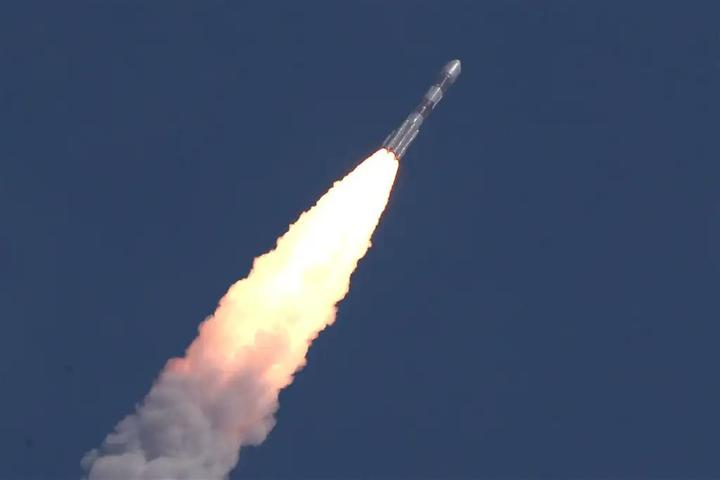By now, it’s official — ISRO’s PSLV-C61 mission carrying the Earth Observation Satellite EOS-09 could not accomplish its objective due to a malfunction in the rocket’s third stage. But let’s get one thing straight: this isn’t a “failure” in the sense that critics or naysayers might rush to declare. It’s a minor hiccup in the journey of a space agency that has consistently punched far above its financial weight and geographical standing. ISRO Chairman Dr. V Narayanan stated that “the mission could not be accomplished” and that further analysis will follow. Fair enough. That’s how science works — through trials, recalibrations, and course corrections. But for those rushing to lament this one aborted mission, it’s important to ask: since when did a single stumble erase a decade of trailblazing success? India’s space odyssey, led by ISRO since 1969, is not a story of unbroken success — no credible scientific endeavour ever is. What sets ISRO apart, however, is its resilience and return on investment. Let’s recall that just last year, ISRO achieved what no other nation could: Chandrayaan-3 executed a flawless soft landing on the Moon’s south pole — a territory that had defeated even the Americans and Russians. India became the first country to land in that lunar region. And it did so at a cost that wouldn’t fund a Hollywood space thriller. Let’s also not forget the Mars Orbiter Mission (Mangalyaan), which made India the first country to reach the Martian orbit in its maiden attempt — again, at a fraction of the cost of Western counterparts. These are not just milestones; they are moonshots turned into reality by ISRO’s quiet, competent workforce.

The PSLV-C61 was ISRO’s 101st mission from Sriharikota — a testament to how far we’ve come since the humble launch of Aryabhata in 1975, or the indigenously-built SLV-3 carrying Rohini in 1980. Since then, India has launched 125 spacecraft missions and 92 launch missions. In 2017, ISRO set a world record by launching 104 satellites in a single mission — a logistical and technological marvel. More recently, in 2023, the Aditya-L1 mission to study the Sun was launched successfully. And let’s not overlook NAVIC — India’s own satellite navigation system — developed indigenously and recently credited with aiding India’s precision retaliation in a four-day border conflict with Pakistan following a terror attack. When India’s forces needed real-time data, it wasn’t the GPS or Galileo they turned to — it was NAVIC. In terms of global relevance, ISRO has launched 433 foreign satellites for over 30 countries, bringing in over USD 157 million in revenue between 2014 and 2023 alone. India is now seen as a dependable space launch partner. That’s not a vanity metric — it’s strategic soft power. All of this has been achieved on a shoestring budget. The Department of Space was allocated just ₹12,543.91 crore in FY 2023–24. That’s less than what some nations spend on military bands or a single fighter jet. Yet India’s space economy is already worth USD 8.4 billion and projected to reach USD 44 billion by 2033, thanks to aggressive policy reforms and increased private participation. So, should PSLV-C61’s technical snag dampen our spirits? Not at all. NASA has had its own share of costly failures — from the Challenger disaster to failed Mars landers — and yet the world never doubts America’s leadership in space. Why then should India doubt itself? Failures are not setbacks; they are set-ups for future breakthroughs. And if ISRO’s past is any indication, its best is still ahead. So, let’s not waste time mourning a mission that didn’t go as planned. Let’s instead prepare to cheer the next one, because if there’s one thing ISRO has shown us time and again, it’s that it always comes back stronger.




